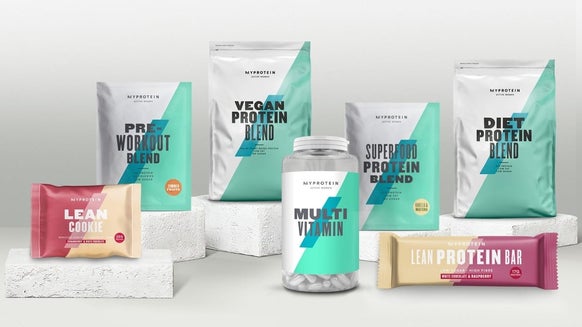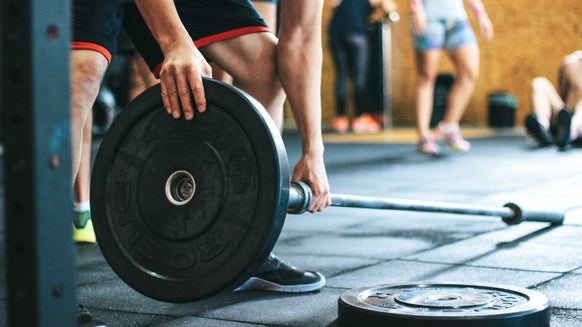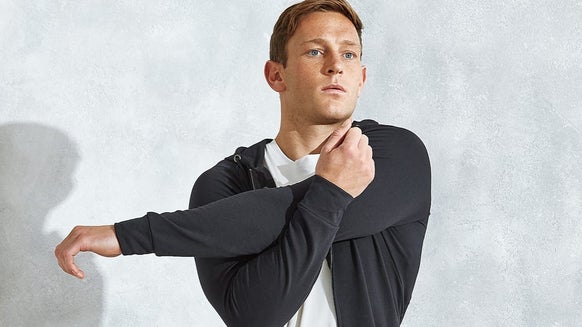When building up your workout, it is always handy to have highly effective exercises that don’t require equipment. Squat thrusts are a fantastic exercise to have in your repertoire. Here’s all you need to know about squat thrusts, and why you should be including them in your regular workouts.
What Is A Squat Thrust?
A squat thrust is a conditioning exercise that is often confused with a burpee. However, it is more of a lower body exercise than a burpee. While a burpee requires upper body strength in the push-up section of the move, squat thrusts leave that portion out in favour of a squat.
It is a great all body workout, but they particularly strengthen your lower body.
How To Do A Squat Thrust
Good technique is very important. Critically, it will help to prevent any injury or issues developing in both the long and short-term. It will also ensure that you get the maximum benefits from the exercise. After all, you don’t want to be putting in all the effort without getting all the results!
- To do a squat thrust, start stood straight with your feet shoulder-width apart, your arms should hang loosely at your sides.
- Then lower down and place your palms flat on the floor just over shoulder width apart. Jump your legs back so that you are in a classic push up position. Ensure you are holding your core at all times so your middle doesn’t dip during this movement.
- In an explosive move, jump your legs forward into a squatting position (aim to get your feet flat on the floor in one movement). Then raise to the position you began the exercise in.
Exercises To Compliment A Squat Thrust
As always, one exercise alone can’t do all the work to help you reach your goals. You can maximise your squat thrust results by adding in these complimentary exercises into your workouts….
Squat Jacks: These are a great warm-up exercise to get you geared up for squat thrusts. Simply start with your hands behind your head and your feet together. Then lower into a half squat, ensuring you do not round your back. Keep your hands behind your head and jump your feet out to the side, retaining the half squat stance.
Box Jumps: You will need equipment for this one, but it’s a great way to take your workout to the next level. Stand in front of a plyometric box with enough room to jump onto it (start with the smallest available if you are unsure of your ability). Place your feet shoulder-width apart. Lower slightly, and then hinge your hips, swing your arms and jump onto the box. Aim to land gently, and then lower into a classic squat position.
Squat Thrust Benefits
Squat thrusts are a great exercise that you can carry out pretty much anywhere. They’re good to have up your sleeve when the gym is busy so that you don’t waste time waiting for certain weights or equipment to come free. You can even do them at home or in a hotel room if you can’t get to the gym or want to get your metabolism going before you head out for the day.
Squat thrusts are great for fat burning and toning. They are a good all-body move, using your abs, chest, hamstrings, glutes, triceps, quads and shoulders. However, the real results from this exercise will be seen in your quads, glutes and hamstrings.
Developing strong glutes is very important for avoiding injuries while you are working out. The glutes are the largest muscle in the body, and they are key for basic lifting, as well as guiding your overall posture whilst sitting and standing.
If you have been working on your squats (particularly weighted squats) you will find this move beneficial in improving your technique whilst incorporating a cardio element to your training.
This is also a great exercise for those wanting to improve their hip mobility. This is often a concern for those in weight training, so it’s worth incorporating it into your workout as early into your training program as you can. Limited hip mobility can lead to a whole host of aches and pains, including lower back pain and issues with your knees.
If your knees are a concern, the hamstring-building element of squat thrusts will also be beneficial to you. Strong hamstrings are essential to healthy knees. The hamstrings help to provide stability to your knees and stop them from bearing the brunt of your movements. This will be further supported by working on your quads during this exercises. Building the two muscles together will help your body retain great balance, especially if you do cardio exercises like running and cycling.
Convinced Yet?
As you can see, there is a whole range of reasons why you should be doing squat thrusts as part of your workout. Which is your favourite? Whether you’re looking for gains, shredding, variation in your workout or a way to support your hips and knees, squat thrusts have you covered. Incorporate 2 sets of 15 reps, to begin within your workout, and watch the results!

Alice Pearson is a UKVRN Registered Associate Nutritionist and UK Anti‐Doping accredited advisor, having obtained a Bachelor’s of Science in Nutrition and a Master’s of Science in Sport Nutrition. She has a specialist interest in the use of sports supplements for improving health, fitness, and sport performance.
Alice has experience working with both amateur and elite athletes, including providing nutritional support to Tranmere Rovers FC and Newcastle Falcons Rugby Club. Her nutritional guidance is always supported by evidence‐based research, which she keeps up to date through continuing professional development and independent learning.
In her spare time, Alice loves travelling, hitting the gym, and getting stuck into a good book. Find out more about Alice's story here.







